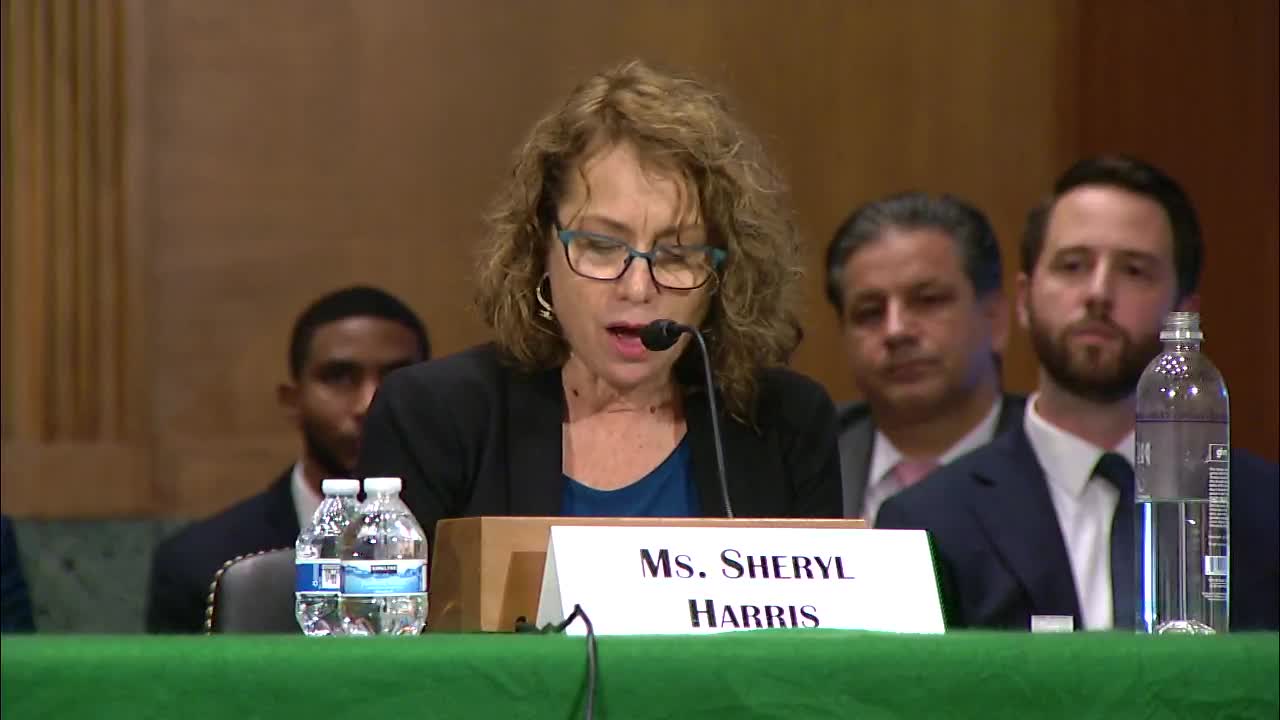Scam losses surge as fraudsters target vulnerable seniors
September 12, 2024 | Banking, Housing, and Urban Affairs: Senate Committee, Standing Committees - House & Senate, Congressional Hearings Compilation
This article was created by AI summarizing key points discussed. AI makes mistakes, so for full details and context, please refer to the video of the full meeting. Please report any errors so we can fix them. Report an error »

In a recent government meeting, officials highlighted a troubling rise in scam reports among county residents, particularly affecting older individuals. The office responsible for tracking these incidents reported receiving between 800 to 1,000 scam reports annually, with approximately 10% resulting in financial losses. Alarmingly, the total reported scam losses have surged from $1.2 million in 2023 to $2.7 million this year alone.
The discussions revealed that scammers are increasingly employing sophisticated psychological tactics to manipulate victims, often posing as trusted authorities. Victims are frequently isolated and coerced into believing they are in dire situations, such as facing arrest or having their bank accounts seized. This manipulation leads victims to trust the scammers, sometimes resulting in significant financial losses, including the sale of personal assets like homes.
Scammers are also leveraging technology to enhance their schemes, including spoofing caller IDs and gaining remote access to victims' computers. The use of cryptocurrency in these scams has raised particular concern, with the Federal Trade Commission reporting a tenfold increase in scam losses involving crypto from 2020 to 2023, totaling over $110 million nationwide. Older adults are three times more likely to lose money in these scams compared to younger demographics.
Officials emphasized the need for improved consumer protections across all payment methods, urging banks to enhance their security measures to safeguard customers from scams. The meeting underscored the importance of reporting scams to law enforcement, as increased reporting can help combat these crimes more effectively.
As the banking committee continues to explore solutions, there is hope that regulatory updates will provide better protections for consumers, particularly vulnerable populations like older Americans, who are disproportionately affected by these fraudulent schemes.
The discussions revealed that scammers are increasingly employing sophisticated psychological tactics to manipulate victims, often posing as trusted authorities. Victims are frequently isolated and coerced into believing they are in dire situations, such as facing arrest or having their bank accounts seized. This manipulation leads victims to trust the scammers, sometimes resulting in significant financial losses, including the sale of personal assets like homes.
Scammers are also leveraging technology to enhance their schemes, including spoofing caller IDs and gaining remote access to victims' computers. The use of cryptocurrency in these scams has raised particular concern, with the Federal Trade Commission reporting a tenfold increase in scam losses involving crypto from 2020 to 2023, totaling over $110 million nationwide. Older adults are three times more likely to lose money in these scams compared to younger demographics.
Officials emphasized the need for improved consumer protections across all payment methods, urging banks to enhance their security measures to safeguard customers from scams. The meeting underscored the importance of reporting scams to law enforcement, as increased reporting can help combat these crimes more effectively.
As the banking committee continues to explore solutions, there is hope that regulatory updates will provide better protections for consumers, particularly vulnerable populations like older Americans, who are disproportionately affected by these fraudulent schemes.
View full meeting
This article is based on a recent meeting—watch the full video and explore the complete transcript for deeper insights into the discussion.
View full meeting